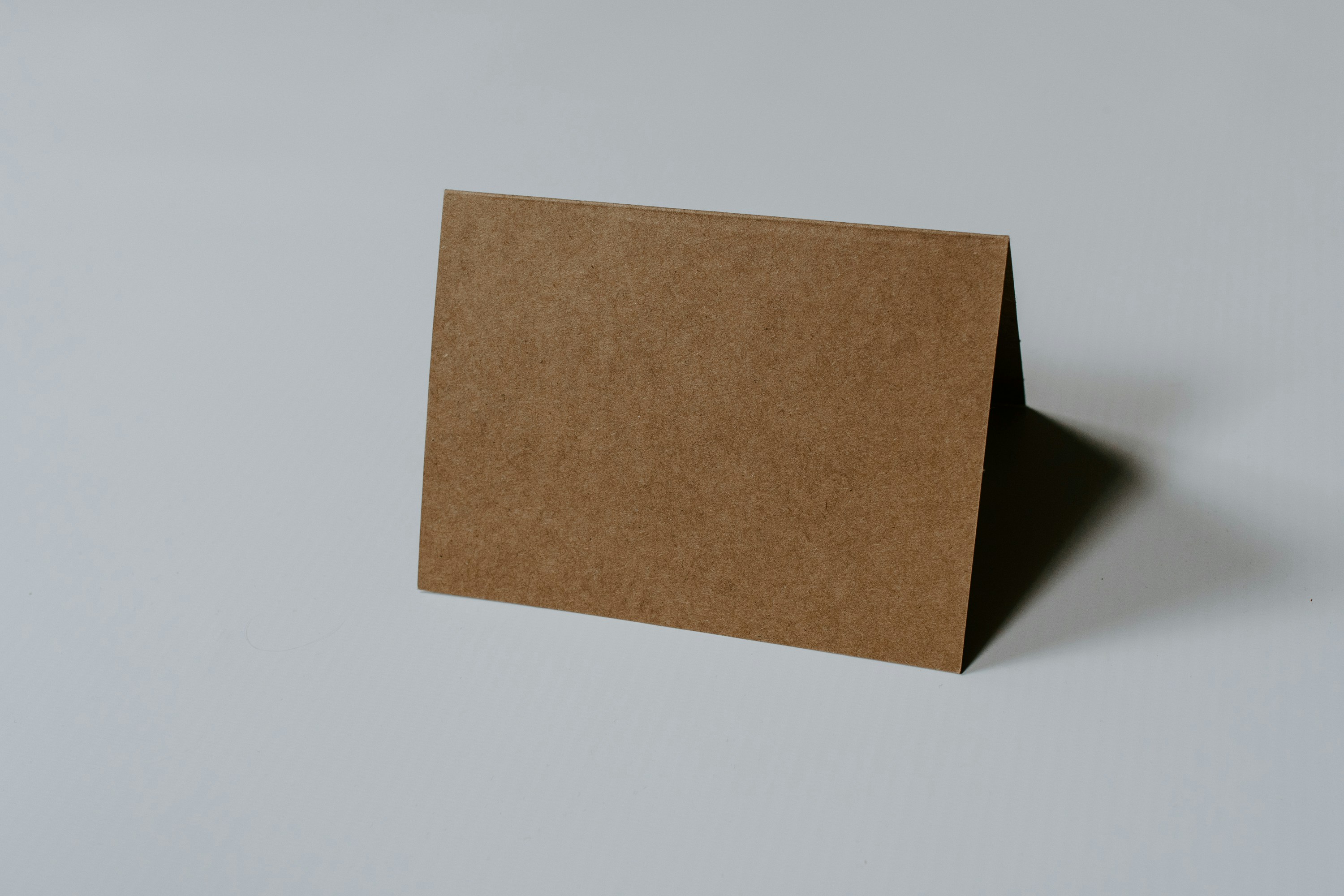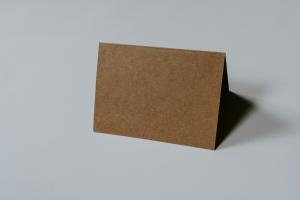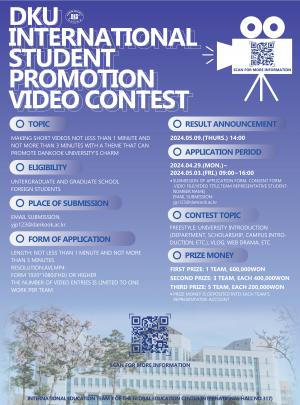In Korea, the prevailing perception has been that tea ceremonies are dull and an outdated part of our culture. In fact, it was mainly considered a hobby for older generations. However, in today’s fast-paced modern society, people of all ages are increasingly seeking diverse ways to relax, and the tea ceremony is emerging as a popular form of self-care. People in their 20s and 30s are now actively showing interest in reviving the tea ceremony experience, and classes explaining the process and teaching traditional tea appreciation have been on the rise.
 |
| ▲ Photo of Foreigners Trying a Tea Ceremony (Photo from Yonhap News) |
A tea ceremony entails a host preparing and serving tea to guests, emphasizing the traditional Japanese ritual of hospitality. The tea ceremony, which literally means "the way of tea," is a condensed version of Japan's traditional Omotenashi, which is the spirit of serving customers with all your heart. The tea ceremony is conducted in a strict order and first appeared in Japan in 815. Records show that Eichu, who returned from China in 815, offered Sencha to the Emperor of Japan. Impressed by this act, the Emperor of Japan ordered the creation of tea plantations in Kinki, western Japan. In addition, green tea was used for religious ceremonies in monasteries, and tea soon became common among the upper classes of Japan. By the 16th century, it was being consumed by all classes. Tea culture in Korea also has a rich history, with its roots tracing back to the end of the Three Kingdoms period. It gained prominence in the first half of the 9th century and found favor among aristocrats during the Goryeo Dynasty. Furthermore, tea became a natural part of people's lives, often enjoyed during national events. In the early 19th century, the tradition of the tea ceremony in Korea experienced a revival.
In order to enjoy a tea ceremony in the correct manner, adopting the right mindset and proper decorum is important. While there are certain rules of etiquette to follow, the paramount aspect of the tea ceremony is understanding its essence, which is ‘the joy of savoring tea.’ You should acquaint yourself with basic tea ceremony etiquette before you begin because getting overly caught up in appropriate manners can hinder the enjoyment of the experience. The foundation of tea ceremony etiquette lies in the way you drink it. Before the ceremony begins, preheat the teapot and teacup using warm water. Once the dishes reach an appropriate level of warmth, discard the water and replace it with the brewed tea. This will preserve the vessel’s ideal temperature and enable guests to enjoy a warm cup of tea. Historically, displaying such attentiveness when serving tea to guests was considered a gesture of classic courtesy. In addition, there are rules for appropriately handling your cup when drinking tea. Cradle the teacup with your right hand and support it with your left, sipping it in two or three portions. This approach allows you to fully appreciate the aroma and flavor of the warm beverage. Another key element in the tea ceremony is cultivating a serene state of mind. To foster this outcome, guests must maintain personal hygiene and relax while sipping on their tea. These basic manners help you achieve a deeper significance during the experience. The entire process represents the core values of the tea-drinking culture, underscoring the fact that the act of relishing tea is an art in itself.
 |
| ▲ Photo of A Festival Conductiong a Tea Ceremony (Photo from Seoul Newspaper) |
Tea ceremonies refer to the etiquette and ritual associated with serving tea to guests, and some even believe it includes knowledge and appreciation for an appropriate mindset and learned behavioral etiquette before participating in a tea ceremony. There are people who practice for the tea ceremony in order to cultivate their inner composure. People nowadays are looking for ways to heal through relaxation and meditation. In a society where everything is rushed, a cultural practice such as a tea ceremony, that provides some relief from this trend, has necessarily gained popularity. The aesthetic of slowness, exemplified by the tea ceremony, promotes the concept of being present in the moment, a pastime that is critical in today’s society.
Furthermore, our growing interest in health is another contributing factor to the rise in popularity of the traditional tea ceremony. Tea originated as a medicinal herb before it became a beverage. People are actively researching the health benefits of tea as they seek out ways to enhance our immunity and well-being. With the proliferation of different types of tea and advancements in medicine, tea has become associated with a healthy body. Herbal and grain-based teas which are common in Korea, are considered beneficial for our health, lending to the increased interest in the tea ceremony process. With all these factors at play, interested consumers can participate in one-day classes to learn more about and get firsthand experience with the tea ceremony. Through these classes, participants are taught the tea ceremony process and knowledge about various traditional teas and their specific health benefits.
All teas around the world offer the mind and body comfort. With the growing use of healthy and traditional tea among the younger generation, it is possible to learn many ways to enjoy a warm cup of the beverage. Today, tea is much easier to access than in the past, and we can see that due to our fast paced lives and on-going search for ways to heal our mind and body, demand for tea ceremonies is increasing. With the pace of our lives showing no signs of slowing down, further active changes in the tea market are expected to continue in the future.
박상우, 이진희, 이은희, 조유민 dankookherald@gmail.com

 Vote for the Campus Brand Naming!
Vote for the Campus Brand Naming!

![[Campus Magnifier] Let's Surf the Library!](/news/thumbnail/202404/12496_1765_4143_v150.jpg)




